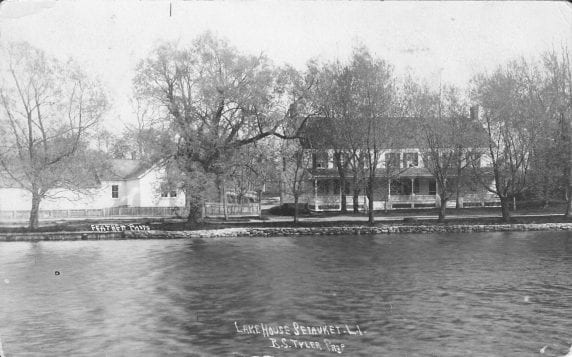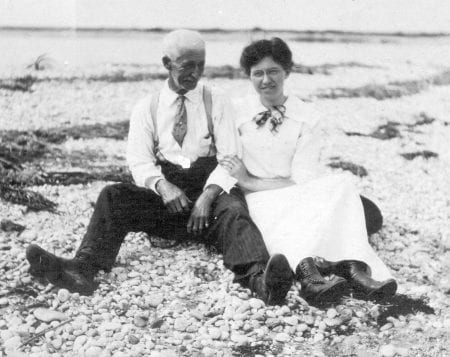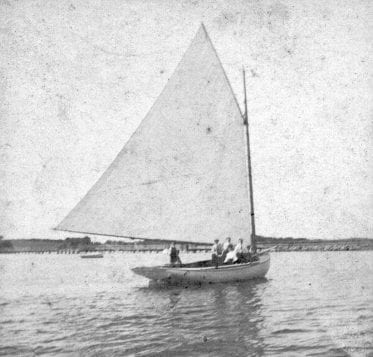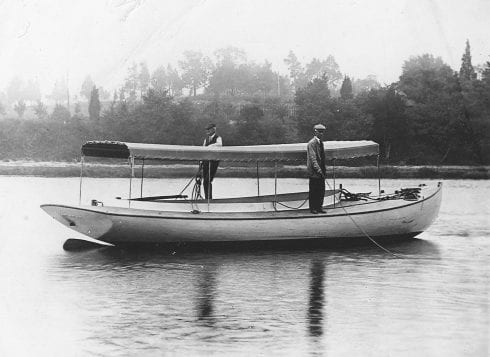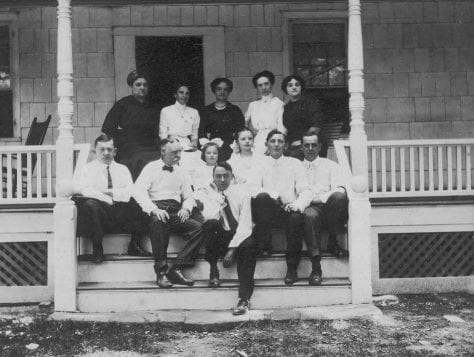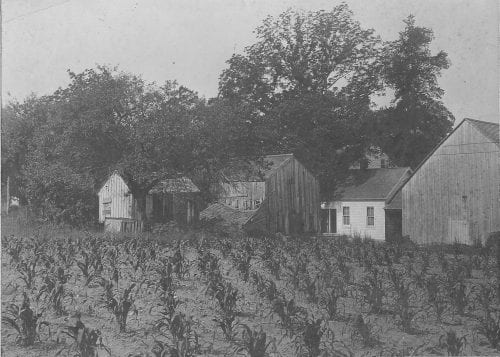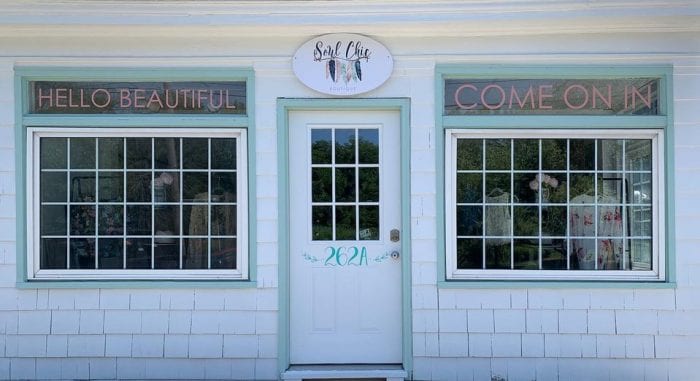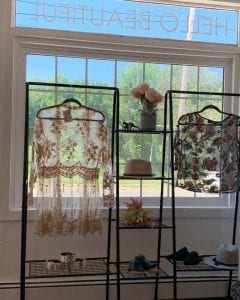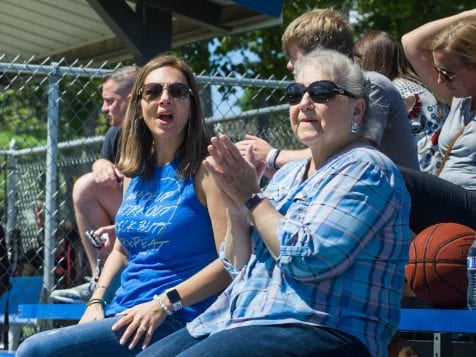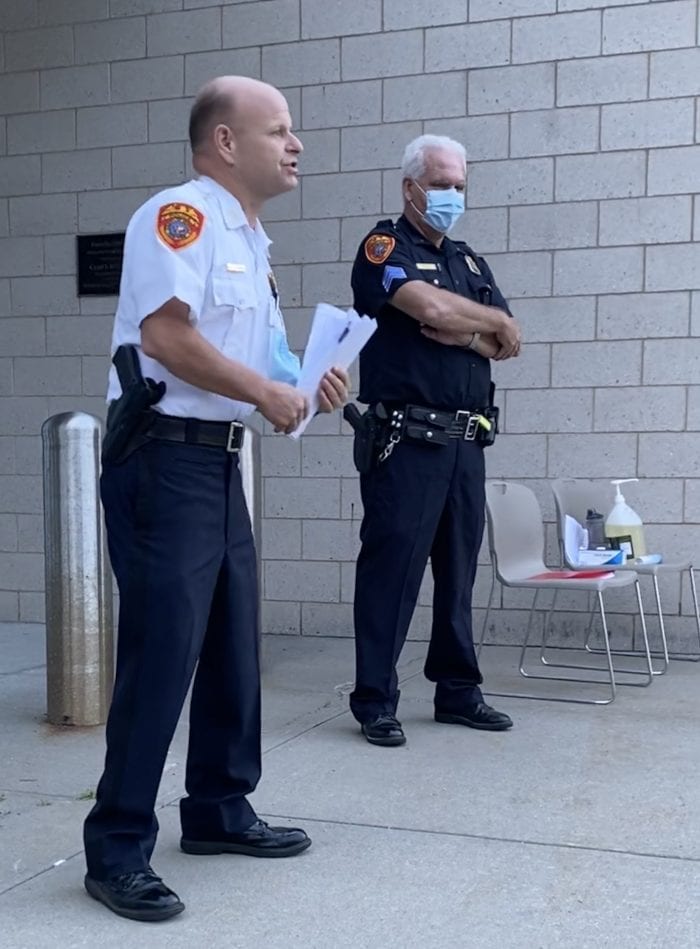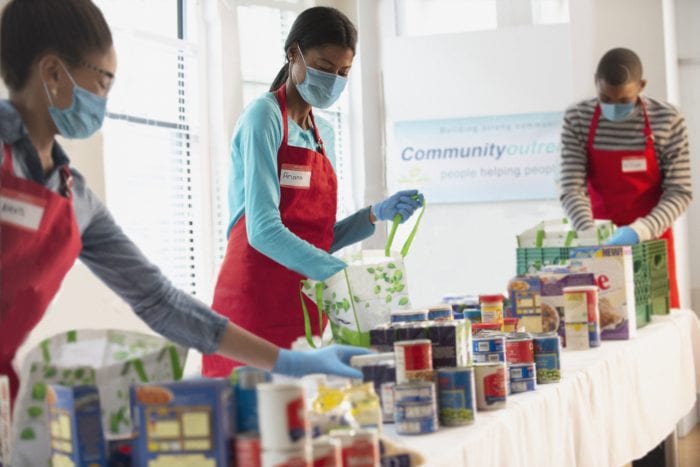By Steven Zaitz
Inspector Michael Romagnoli, commanding officer of Suffolk County’s 4th Precinct in Hauppauge, presided over a community meeting outside the precinct Sept. 1, covering a wide array of topics relevant to businesses and residents within the area. It was the first such meeting since March.
The coronavirus pandemic has been a seemingly endless backdrop of everyday life, and has caused economic hardship, job losses and business closures across Suffolk County and elsewhere. As these conditions inevitably lead to crime, Romagnoli has a simple piece of advice for the residents of Smithtown.
“Lock your doors,” he said, almost putting an exclamation point after each of these three small words. “Your cars, your side doors, your back doors, your shed and your garages — lock them all.”
This warning is in reference to the spate of attempted car break-ins and petty larcenies in the early morning hours of Aug. 26. However, he stressed that it would be a mistake to consider this a crime wave.
“There is no pattern that I can see here,” the inspector said. “These are just some people who are looking for opportunity. We are keeping a careful eye on it, but we need to see more than one occurrence to formulate a method of operation.”
He did acknowledge that cars and outdoor sheds were broken into on or near Harvard Avenue near Maple, and at least one generator was taken, along with various valuable power tools, video equipment and scooters.
“We are going to go through some of the Ring doorbell footage, and we strongly encourage anyone who has footage to contact us immediately,” Romagnoli said.
Contacting the police was another topic of conversation, which community liaison officer Sue Laveglia discussed with the audience of about 30 interested listeners, who were assembled outside the precinct, wearing masks and seated in a socially distant manner.
“With COVID-19 still a presence in our community, we encourage people to use [our] website to file a nonemergency police report,” Laveglia said. “We hope this encourages the reporting of incidents and at the same time limits officer and civilian exposure to the coronavirus.”
The link to making a police report online is: suffolkpd.org/onlinereporting.aspx. The officers ask that you review and adhere to the criteria listed before submitting a report.
Thirty-seven officers have required quarantine since the pandemic started, and one officer actually had three separate exposures. The precinct has taken ergonomic measures and provides masks and hand sanitizers in an effort to mitigate exposure.
Not wanting to play second fiddle to COVID-19, protest marches have been and still are on Romagnoli’s docket. He has had to deploy manpower, manage morale and devise traffic-control procedures. It does not make it an easier task when many of these protests are a direct attack on, and call for reform on, his profession and the men and women he oversees.
“When I put on that uniform, I represent every person in this community,” he said. “Every one of my officers has sworn to uphold the constitution, and I try to stress that to them every day. This job is not easy. We’re human and when people are yelling the most vile things about what they think of you, your profession and sometimes your family members, it’s difficult. People are angry. I get it. My job is to turn down the temperature and train my officers to do this as well, despite what you hear.”
He had some simple strategies for doing this.
“Rotate officers back off the line when I sensed they’ve had enough that week,” he said. “I strongly encourage them to take time off and always give them a good idea of what they are facing.”
Romagnoli estimated the number of protests to be in the 40s and counting, with over 5,000 people combined to have marched in the streets of Smithtown. This accounts for about 20-25% of the protest activity in the county, he said. The majority of these were focused on the Black Lives Matter movement, but some were abortion, Blue Lives Matter and reopen New York-related as well.
Other topics were discussed at the Sept. 1 meeting.
There have been 41 drug overdoses in July and August of this year in Smithtown compared to 20 for the same period last year. Year to date, there have been 135 overdoses and 27 drug-induced deaths.
Romagnoli was effusive in his praise for business’s overall compliance with COVID mask-wearing and distancing state mandates. The police have worked closely with the state police and the State Liquor Authority in the monitoring of restaurants and like establishments. While “a number” of warnings have been issued, there has yet to be a summons doled out.
Laveglia warned citizens of the preponderance of scams that are circulating, especially advertisements that claim to cure COVID-19.
The Suffolk County Police Department as a whole is overwhelmed with gratitude by all the food and other donations it has received. These donations are a show of support of police and other front-line workers in the face of all the dangers and pressures they have faced this year. Romagnoli was visibly emotional when he spoke of this community support.
He hopes to resume having these meetings on a more regular basis. They are held the first Tuesday of every month and there is expected to be one Oct. 6.
Anyone with information regarding a crime in their neighborhood, in addition to the website, can call 631-852-COPS. Also, as part of a collaboration with Ring, police can communicate with members of the public through Ring’s Neighbors app. The Neighbors app is a platform for members of the community to connect about incidents occurring in their neighborhoods and ask residents of specific areas if they have video that could potentially contain information useful in criminal investigations.




